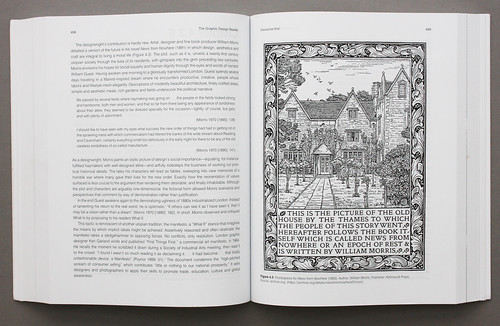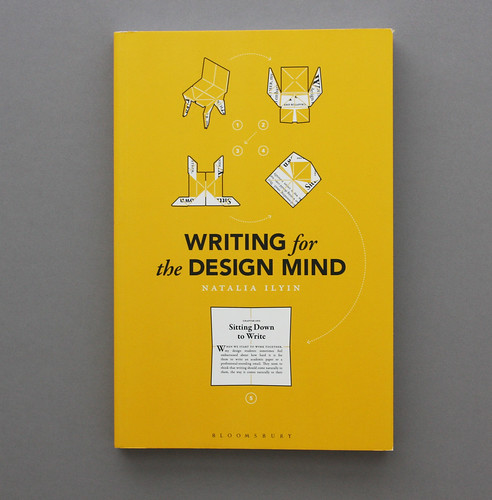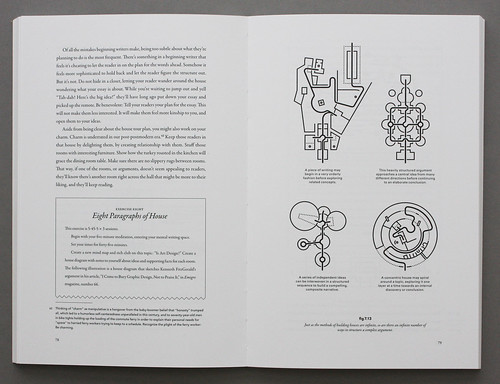Tuesday, 12:00pm
27 August 2019
Books received #40 (education)
Teaching Graphic Design History; Unfrozen – a Design Research Reader; The Graphic Design Reader; Writing for the Design Mind

Here is a collection of educationally oriented titles that have caught our attention in recent weeks.
Steven Heller, a regular Eye contributor since the first issue, is a name that appears on almost every university reading list in the Western world. However his latest book, Teaching Graphic Design History (Allworth Press / SVA, $24.99), is aimed more at teachers than students. This compact softback combines essays (‘A History of Design History’), case studies (‘Thematic Approaches’) and practical guides (‘Syllabi and Assignments’). Contributors range from Heller himself – as both a design historian and an experienced educator – to Louise Sandhaus and Michael Dooley, who each add engaging and thoughtful contributions. This book is a useful addition to a growing literature on pedagogic strategies for graphic design history.
Cover and spreads from Teaching Graphic Design History, edited by Steven Heller. Design: Rick Landers.
Unfrozen – a Design Research Reader (Triest Verlag, €40.00) is a printed selection of research projects presented at a 2016 conference of the same name. The book is divided into six sections – ‘Heat Wave’, ‘Releasing the Past’, ‘Subglacial Lake’, ‘Reshaping the Landscape’, ‘Cracking the Surface’, and ‘Inheriting the Future’ – which trace, question and speculate on traditional and contemporary methods of design research. Tomás Garcia Ferrari’s examination of the role of design in ‘software society’ and Joshua McVeigh-Schultz’s essay on the design of speculative rituals are admirable and noteworthy examples of the book’s (and the Swiss Research Network’s) commitment to multidisciplinary research.
Cover and spreads from Unfrozen – a Design Research Reader, edited by the Swiss Design Network. Design: Rob van Leijsen.
Design students and practitioners have long had a vast catalogue of visual compendiums and pictorial surveys at their fingertips, but few publishers (with the exception of Allworth, above) have given serious attention to design writing. The Graphic Design Reader (Bloomsbury Arts, £34.99), edited by Teal Triggs and Leslie Atzmon goes some way to redress this balance. Divided into many sections and sub-sections, The Graphic Design Reader gives an overview of the historical writing, criticism and rhetoric that has shaped graphic design literature. Featuring texts by Sylvia Harris, William Morris, Jeremy Aynsley, Dick Hebdige, Karrie Jacobs and Katherine McCoy, this hefty tome should find a home on the shelves of anyone interested in design writing. The book includes several articles first published in Eye, including Sean O’Toole’s ‘Fighting AIDS with pictures and words’ in Eye 52 and Steven Heller’s evergreen ‘Cult of the ugly’ (Eye 9).
Cover and spreads from The Graphic Design Reader (Bloomsbury Visual Arts), edited by Teal Triggs and Leslie Atzmon. Cover design: Abbie Vickress.
Writing for the Design Mind (Bloomsbury Visual Arts, $26.95) by Natalia Ilyin, a design professor at Cornish College of the Arts in Seattle, is a helpful guide for designers – or, as she kindly terms them, ‘visual creatures’ – who wish to write. Ilyin’s book covers a handful of useful topics, including ‘A Dash Through Punctuation’, ‘Writing is Argument’, ‘Academic Writing’ and ‘Writing for Social Media’. The book combines examples and exercises for students – or any kind of first-time design writer – with a vital introduction to the joys, pitfalls and possibilities of the written form.
Cover and spreads from Writing for the Design Mind (Bloomsbury Visual Arts), written by Natalia Ilyin. Design and illustration: Robert Baxter.
Eye is the world’s most beautiful and collectable graphic design journal, published quarterly for professional designers, students and anyone interested in critical, informed writing about graphic design and visual culture. It is available from all good design bookshops and online at the Eye shop, where you can buy subscriptions and single issues. You can see what Eye 98 looks like at Eye Before You Buy on Vimeo.












